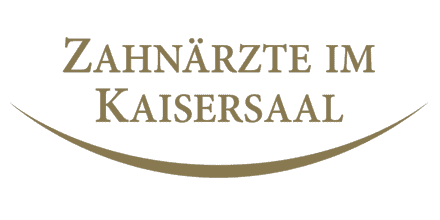Digital Revolution in Dentistry
The digital age has thoroughly changed how dentistry is practiced and holds many advantages for patients and dentists. Foremost, digital dentistry offers higher accuracy at every stage of treatment: from diagnosis to control. The digital images produced by intraoral scanners allow precise and interactive visualization of the patient’s oral cavity, jaws, and teeth. In addition, digital impressions reduce the inaccuracies caused by the varying elasticity of materials such as silicone and plasters, which allows for much more precise dental work. In addition, the patient perceives the digital procedures (e.g., oral scans) as much more comfortable.
Digitization gives the dentist both a full 3D panoramic view of the oral cavity and the ability to plan different treatments: tooth extractions, fillings, implants, or more complex procedures such as surgery, or aesthetic treatments such as orthodontics or veneers. The digital tools facilitate the dentist’s overview and monitoring during treatment. In addition, 3D milling machines can be used to produce dental restorations of the highest quality directly in the dental practice.
For patients, the new technologies mean time and cost savings during treatment. They also have the opportunity to understand better the process of their dental and aesthetic treatment based on the visualization created by the doctor.
Based on these many advantages, we have established our digital dental laboratory, which uses the latest technologies, such as intraoral scanners, iTero, and 3D milling machines, to offer our patients the most advanced treatments.
In addition to technology and all its benefits, we are most interested in the holistic dental health of our patients. For this reason, we develop dental implants with biocompatible materials that are completely metal-free. In particular, we work with high-performance ceramic implants such as zirconium and use materials from Swiss Dental Solutions that meet the highest standards of biocompatibility and aesthetics.
What does a digital dental laboratory look like?
The main task of the dental laboratory is to produce different types of dental restorations or prosthesis that rehabilitates the functionality and aesthetics of the patient’s teeth. Nowadays, restorative dentistry is evolving in the digital world, using image capture by scanners, computer-aided design (CAD/CAM) as well as the production of dental pieces by 3D printers or 3D milling machines.
With a digital dental lab, the dentist can visually scan the patient’s teeth, get a complete panoramic view of the teeth, make very accurate adjustments, and visualize treatment evolution.
Accurate intraoral imaging and scanning
We use the iTero digital intraoral scanner. It is a technical tool that enables the creation of a 3D digital model of the patient’s mouth. It is a very helpful tool in dental restorative treatment, which significantly facilitates diagnosis and therapy.
It is much more comfortable for the patient than the conventional system, which requires taking a dental impression using silicone or alginate pastes.
The iTero intraoral scanner places a sensor in the patient’s mouth and captures individual tooth images until a full 3D image is obtained. Once the scan is complete, a digital file is created. It is the basis for diagnosis, treatment visualization, and fabrication of the required dental restorations.
The intraoral scanner is also used to diagnose cavities or prepare for orthodontic treatment with Invisalign.
Computer-aided design (CAD/CAM): Efficient software solutions for planning and visualizing dental treatments
Based on the digital files created with the intraoral scanner, the required dental restoration design is done on the computer. This type of design is based on dental scientific knowledge and technology originating from the aerospace industry and achieves very high precision. CAD/CAM is currently used for the design and manufacture of various types of dental prostheses, such as:
- Crowns
- Veneers
- Implants
- Dentures (partial or full).
Studies have shown that this technology can achieve a more precise fit of dentures in the patient’s dentition and better aesthetic results than restorations made using traditional methods.
At our practice, we also work with Digital Smile Design, an excellent software that allows patients to preview the outcome of their dental treatment and see in advance how dental treatment can change their teeth, smile, and face. For more information, click here.
Digital 3D milling machine
Until recently, silicone models were created from digital archives of patient fittings. However, digital dentistry is moving toward the production of milled prototypes and 3D-printed dentures.
We have a 3D digital milling machine from the market leader Zirkonzahn with eight automatic interchangeable tools that process different types of dental restorative materials in our digital laboratory. Thanks to a 360° swiveling workpiece table and the 5+1 machining axes, very precise milling of dental workpieces is achieved.
Using the digital file, the dentist and dental technician enter the tooth dimensions and start the milling or 3D printing to create highly accurate and esthetically dental restorations.

